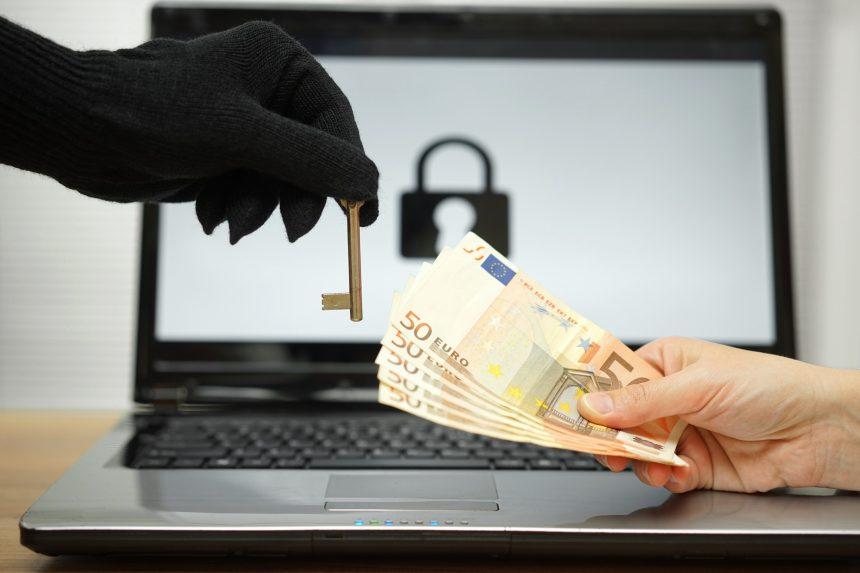In the ever-evolving landscape of cybersecurity threats, ransomware remains a persistent and insidious danger. Among the latest adversaries to emerge is the $EBC Ransomware, a malicious software that encrypts files on victims’ systems, holding their data hostage until a ransom is paid. This article delves into the workings of $EBC Ransomware, its impact on victims, detection methods, and most importantly, comprehensive strategies for removal and prevention.
Understanding $EBC Ransomware
$EBC Ransomware operates by infiltrating systems and encrypting files, rendering them inaccessible to users. Upon infection, it appends the ‘.$EBC’ extension to encrypted files and presents victims with a daunting ransom note, demanding payment in Bitcoin to unlock the files. Failure to comply within the stipulated timeframe threatens permanent loss of data.
Consequences of Infection
The consequences of falling victim to $EBC Ransomware are dire. Beyond the immediate loss of access to vital files, victims face the dilemma of whether to pay the ransom, with no guarantee of file recovery. Moreover, rebooting the system or involving law enforcement, as warned by the ransom note, only exacerbates the situation, potentially leading to irreversible data loss.
Detection and Similar Threats
Detection names for $EBC Ransomware may vary among cybersecurity solutions, but vigilance against ransomware threats is paramount. Similar threats, such as WannaCry, Ryuk, and Sodinokibi, employ similar tactics to extort victims and must be thwarted with equal diligence.
Removal Guide
Removing $EBC Ransomware from infected systems requires a systematic approach:
- Isolate Infected Systems: Disconnect the infected device from the network to prevent further spread.
- Backup Encrypted Files: Preserve encrypted files for potential decryption solutions.
- Boot into Safe Mode: Restart the system and boot into Safe Mode to limit malware activity.
- Identify Malicious Processes: Use Task Manager or equivalent tools to identify and terminate suspicious processes related to $EBC Ransomware.
- Delete Malicious Files: Locate and delete ransomware-related files, including the ransom note and executable files.
- Restore from Backup: If available, restore encrypted files from backup sources.
- Scan for Residual Threats: Conduct a thorough antivirus scan to detect and remove any remaining traces of the ransomware.
- Monitor System Activity: Stay vigilant for any unusual behavior that may indicate lingering malware activity.
Preventive Measures
Prevention is the best defense against ransomware threats. Implement the following best practices to fortify your defenses:
- Regular Data Backups: Maintain up-to-date backups of essential data to mitigate the impact of ransomware attacks.
- Update Software Regularly: Keep operating systems and applications patched to address known vulnerabilities.
- Use Strong Passwords: Utilize complex passwords and consider implementing multi-factor authentication to enhance security.
- Enable Firewall and Anti-malware Protection: Activate and update firewall and anti-malware software to detect and block ransomware threats.
- Exercise Caution with Email: Educate users about phishing threats and encourage skepticism towards suspicious emails and attachments.
- User Education: Foster a culture of cybersecurity awareness among users to recognize and report potential threats promptly.
Conclusion
$EBC Ransomware represents a significant threat to data security, with potentially devastating consequences for victims. By understanding its modus operandi, implementing robust removal and prevention measures, and staying informed about evolving cybersecurity threats, individuals and organizations can safeguard against the perils of ransomware attacks. Vigilance and proactive defense are key in the ongoing battle against cyber adversaries.





